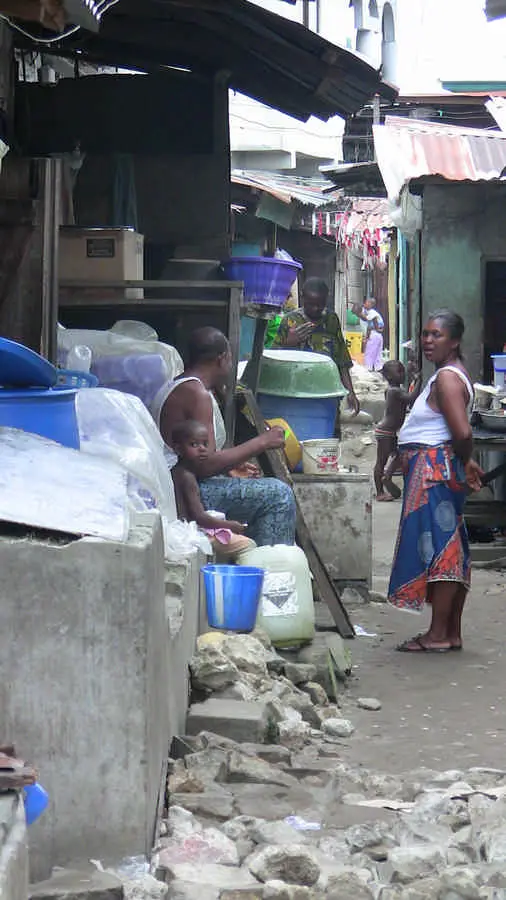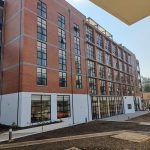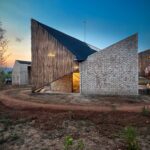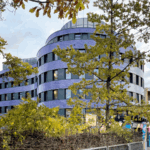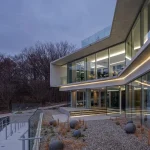Port Harcourt Nigeria, Waterfront Slums Africa, Nigerian buildings, Article 25 housing renewal
Port Harcourt, Nigeria : Waterfront Slums
Sub-Saharan Africa Building Revitalisation: Njemanze Housing Improvement
27 Sep 2011
Article 25 Project : Port Harcourt, Nigeria
‘Article 25: the built environment’s charity’
![]()
Monthly Report by Article 25
Written by Isona Shibata for www.e-architect.com
People Live Here.
People Like You and Me.
Transform Our City.
Sub-Saharan Africa has the largest number of slums in the world:
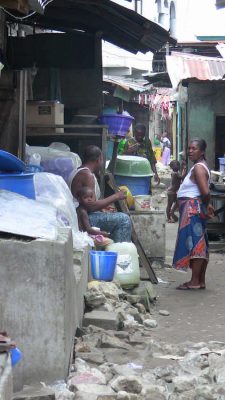
Port Harcourt Slums
In August 2009, the homes and businesses of 19,000 people in Njemanze, Port Harcourt, were reduced to rubble over the course of a single weekend. As the displaced residents picked through the debris of their former lives, the state governor declared his vision to turn Port Harcourt into a ‘garden city’. Two years on, the site remains derelict.
Port Harcourt waterfront slums – home to an estimated 480,000 people:
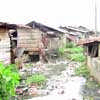
An estimated 480,000 people live the waterfront slums of Port Harcourt, Nigeria. These informal settlements have grown rapidly over recent decades as people come to the city looking for work, or the activities of the oil industry displaces them from their rural homes in the Delta. The waterfronts are largely built on land reclaimed from the banks of the Bonny River and the legal tenure of waterfront residents is heavily contested.
Since the production of the Greater Port Harcourt Master Plan in 2008, outlining plans for slum clearance, waterfront residents have faced the constant threat of forced eviction. No plans exist to compensate or resettle residents. According to UN-HABITAT’s 2009 report, “recent demolitions inflict misery, perpetuate poverty and homelessness … and violate the human right adequate housing; to private and family life; to access to justice, work, education and health.”
Port Harcourt’s slums are a product of failed planning policies and a lack of political will to improve conditions for slum dwellers. 79% of Nigeria’s urban population currently live in slums and lack security of tenure, access to improved water supply or sanitation, and are exposed to multiple health and security threats.
Looking over the rooftops of Bundu, with oil stores in the background:
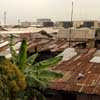
This week, to mark the second anniversary of demolitions in Njemanze, people from around the city and throughout the world are coming together to transform Port Harcourt into a ‘human city’ and are inviting the government to join them. Amnesty International is supporting the People Live Here campaign to raise the profile of waterfront residents. October 3rd is international World Habitat Day, and a number of events have been organised in Port Harcourt. You can show your support for waterfront residents and find out more about the city at www.people-live-here.org.
Two years after the settlement was demolished, squatters are moving back to the Njemanze site:
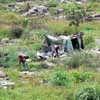
A mobile cinema will be making the rounds of waterfront settlements, using film and media to foster a critical awareness of human rights and encourage popular and active involvement in the People Live Here campaign.
Amnesty International show their support for waterfront residents outside the UN offices in Switzerland:

Over the coming months, architects, engineers, energy innovators and planners will be coming together under the Collaborative Media Advocacy Platform (CMAP). CMAP works to build the strategic and technical capacity of previously excluded waterfront communities to articulate their needs to the government and meaningfully participate in the development of their city. Article 25 is developing designs for a community radio station and media centre. Access to the internet will allow waterfront residents to communicate on a broad international platform, and the centre will provide a space where communities can come together to discuss the development issues that they face.
The mobile cinema in Okrika waterfront is used to raise awareness of the campaign:

Participatory mapping packs will allow residents to document their settlements, which do not currently feature on any municipal maps, and will form a powerful tool in negotiating for future slum upgrading.
Community actions will mobilise local people around issues of sanitation and waste management in the waterfronts. Mapping and measuring waste will allow people to develop targeted and feasible interventions to improve environmental conditions in the slums and will demonstrate their capacity for self-improvement to local authorities.
Lack of municipal infrastructure, over-crowding and non-durable housing are all common problems in slums:
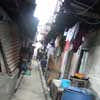
What you can do
There are a number of simple ways that you can get involved and support the people of Port Harcourt waterfront communities. Follow our campaign’s progress and join the conversation via Facebook or Twitter, or add your photo to our solidarity wall – solidarity@people-live-here.org – if you would like to add your name, please enter it as the subject of your email. If you would like to add any words of support, simply write it in the body of the email along with the photo.
Location: Port Harcourt, Nigeria, westAfrica
Nigerian Architecture
Calabar International Center
Design: Henning Larsen Architects
Calabar International Center
African Architectural Designs
Contemporary Africa Architectural Designs – recent selection from e-architect:
Design: united4design / Yasaman Esmaili, Elizabeth Golden, Mariam Kamara, Philip Straeter
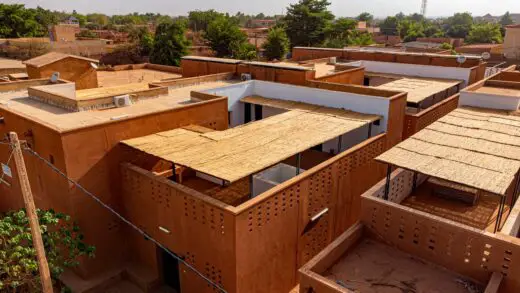
photo : Aboubacar Magagi
Niamey 2000
Design: Cosmos Architecture, of CosmosIvicsa
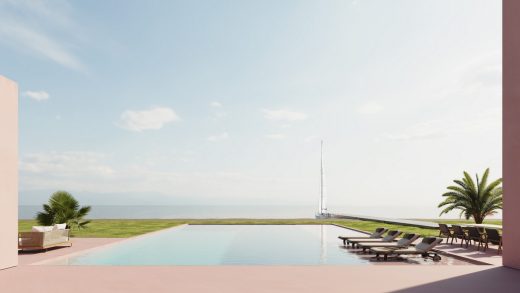
images courtesy of architects practice
Langue de Barbarie resort
Design: Dawoffice / David Garcia, Aina Tugores
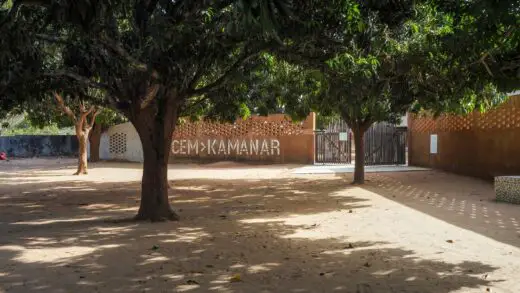
photo : Amir Anoushfar
CEM Kamanar Secondary School Senegal
Monthly Reports by Article 25 – Selection
Comments / photos for the Port Harcourt Slums – Nigeria Architecture page welcome

